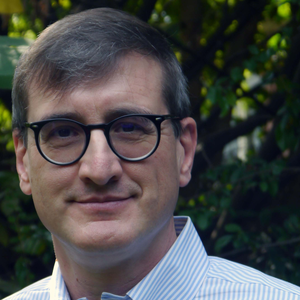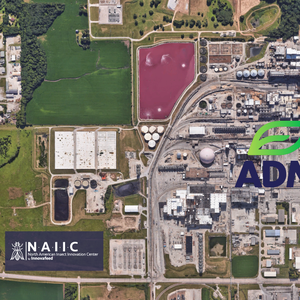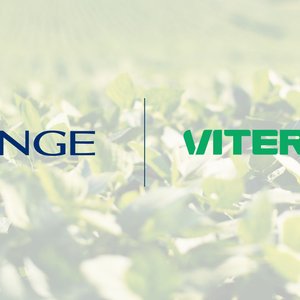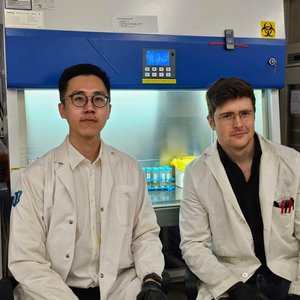A new US project will develop a more ocean-friendly feed formula for farm-raised rainbow trout. Two faculty members from UC Santa Cruz’s Environmental Studies Department, Pallab Sarker and Anne Kapuscinski, won a $496,000 grant from the U.S. Department of Agriculture and will test proteins and oils derived from a combination of marine microalgae to replace traditional fishmeal and fish oil ingredients sourced from wild-caught forage fish.
Sarker and Kapuscinski published a major breakthrough on this front in 2020, the first fully fish-free feed formula for farmed tilapia to demonstrate across-the-board gains in sustainability, fish growth, economic viability and nutritional value for human consumers. Now, the researchers are hoping to replicate their success with rainbow trout, which is especially important since trout and their relatives, salmon, are some of aquaculture’s largest consumers of fishmeal and fish oil. But getting these particular species onto a fish-free diet will be challenging.
Unlike tilapia, trout and salmon are natural predators that evolved to eat other fish. Marine microalgae are much lower down in the ocean food chain, however, they’re still part of the same systems of nutrient and energy transfer. This gives researchers hope that the right combination of microalgae species could potentially match the nutritional value of fish-based ingredients. Their experiments will be aimed at finding the right fit for the needs of rainbow trout.
“We know it will be harder to achieve a cost-viable diet that has no fish ingredients than it was for tilapia,” said Kapuscinski. “We won the grant because we have promising ideas with microalgae to make a big advance. Even if we don’t achieve a fully fish-free diet for farmed trout, achieving further reduction in the use of fishmeal and fish oil would be a big accomplishment, and could serve as a model for salmon farming, too.”
The new USDA funding for this project will complement a prior award of $120,000 from California Sea Grant. Together, these grants will allow researchers to expand the scope and timeline of their experiments. In particular, Sarker said he’s excited that the new funding will allow him to test out a microalgal species he hasn’t worked with before. It’s a variety that is now being produced commercially for use in omega-3 dietary supplements, so the team will plan to utilize the protein-rich algal biomass leftover after the omega-3 oils are extracted.
Researchers expect to start experimenting soon with various processing methods for manufacturing feed using these and other ingredients. They’ll also test the digestibility of their formulas. Juvenile rainbow trout will be stocked into the team’s newly-constructed recirculating aquaculture facility at the UCSC Farm. With a new facility up and running and new grant funding in hand, the research team members said they are feeling optimistic about the road ahead.













